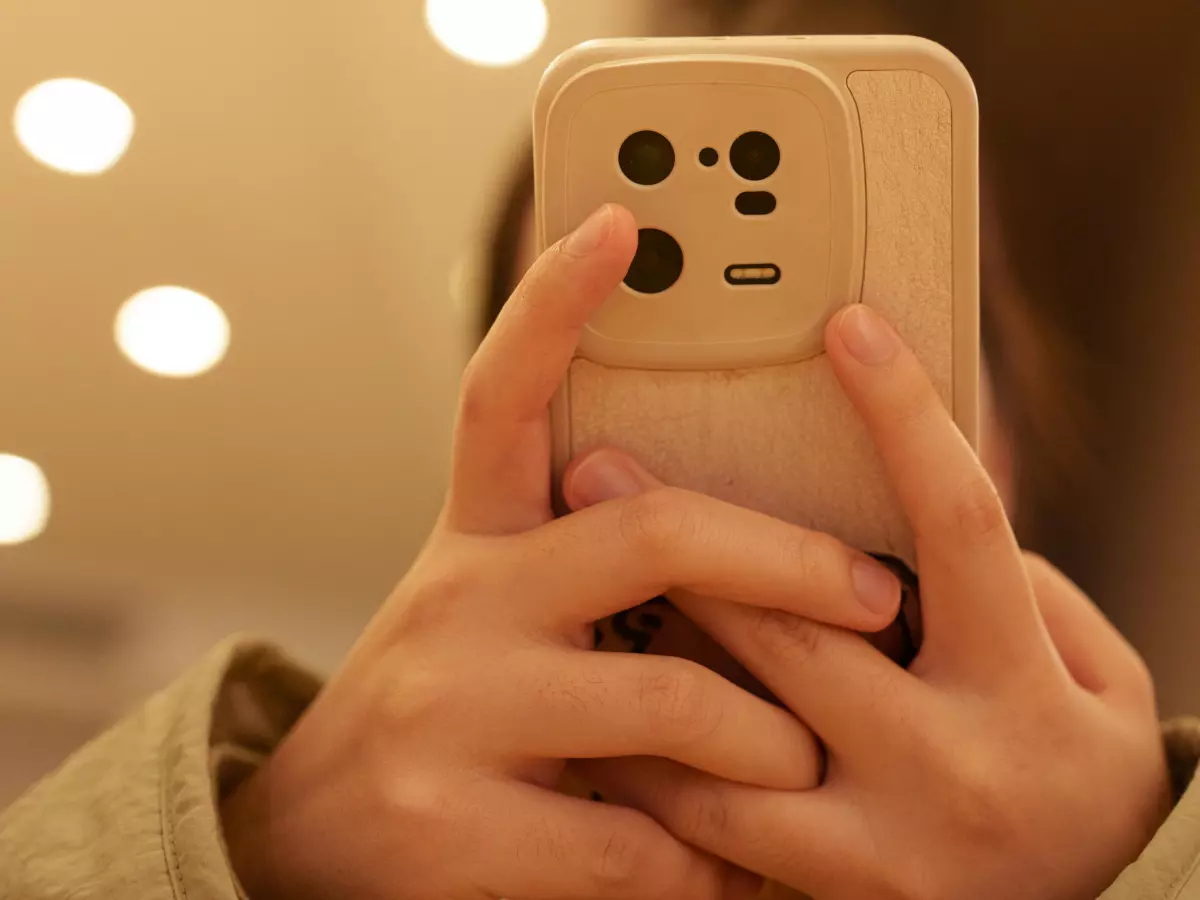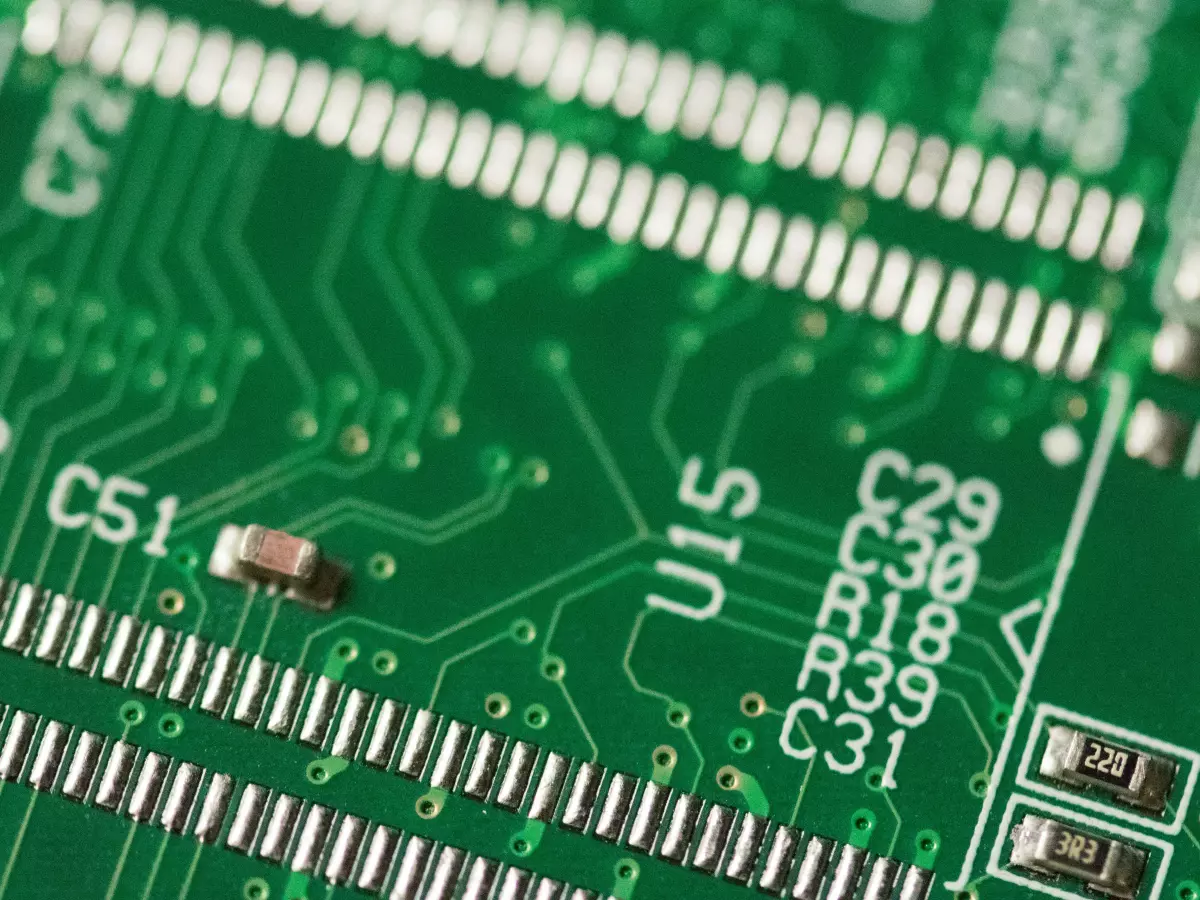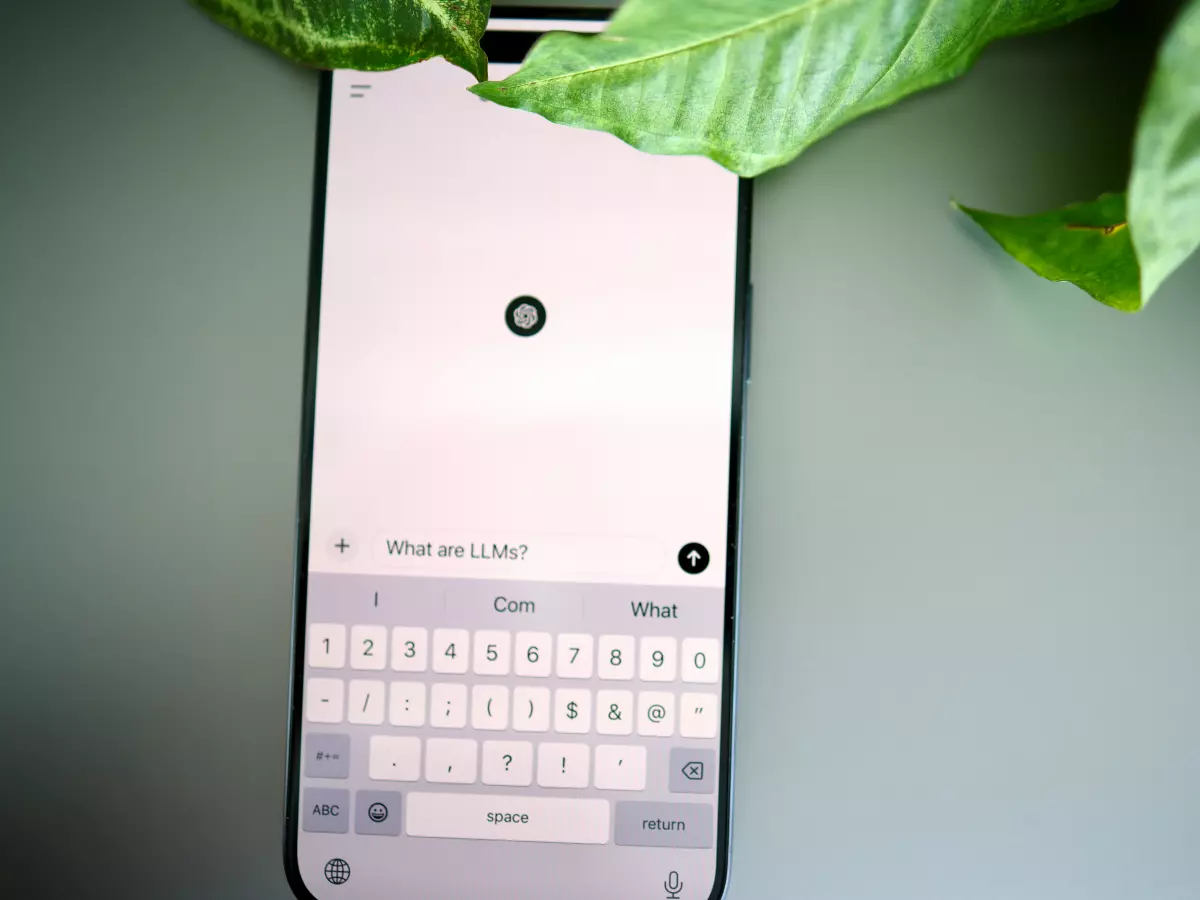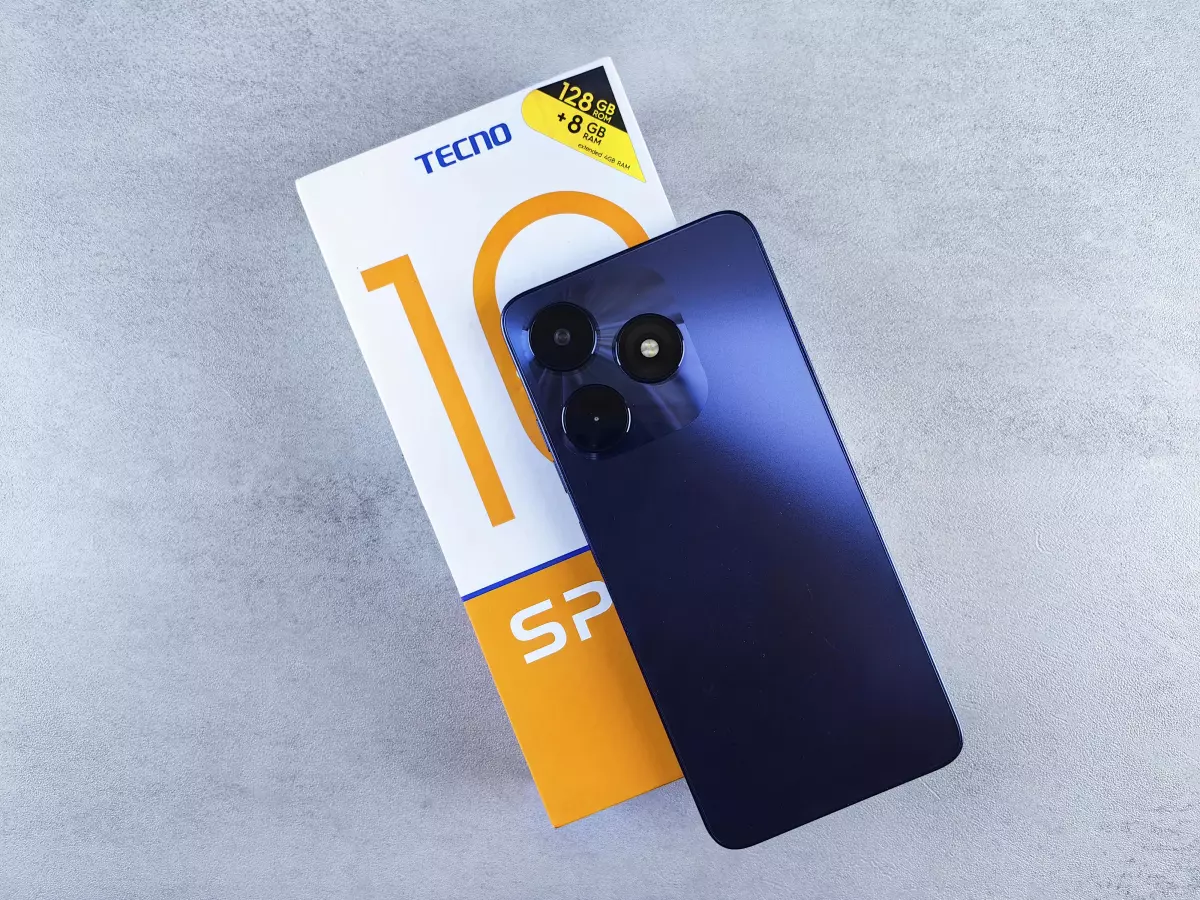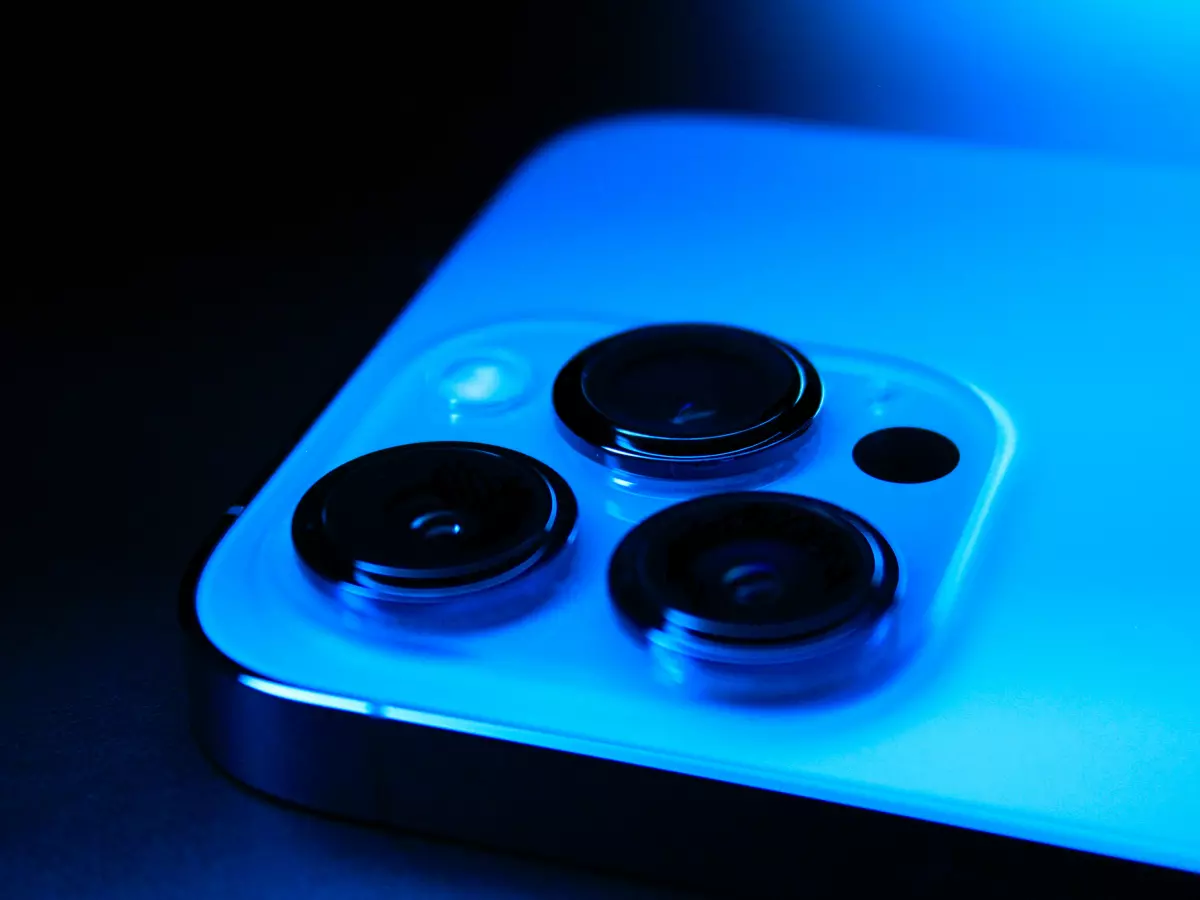Smartphone GPUs
“The GPU is the soul of a gaming experience.” – Jensen Huang, CEO of NVIDIA. But what does that mean for your smartphone?

By James Sullivan
When we think about gaming, we often picture high-end consoles or powerful PCs. But in the palm of your hand, your smartphone is packing some serious graphical power, too. The Graphics Processing Unit (GPU) is the unsung hero of mobile gaming, responsible for rendering those jaw-dropping visuals and keeping your gameplay smooth. But how exactly does it work, and why should you care?
Let’s break it down. Your smartphone’s GPU is a specialized processor designed to handle the heavy lifting of rendering graphics. While your phone’s CPU is busy managing apps, background processes, and overall system performance, the GPU takes care of everything visual. From the moment you open a game or watch a high-definition video, your GPU is hard at work, ensuring that every pixel is rendered with precision.
What Exactly Does a Smartphone GPU Do?
Think of your GPU as the artist behind the scenes. It’s responsible for rendering 2D and 3D images, handling textures, lighting, and shading. In gaming, this means everything from the way a character’s face looks to how realistic the environment feels. The GPU also plays a crucial role in video playback, ensuring smooth transitions and high-quality visuals.
But it’s not just about pretty pictures. The GPU also helps manage the frame rate, which is the number of frames displayed per second. A higher frame rate means smoother gameplay, and that’s where the GPU really shines. If you’ve ever experienced lag or stuttering while playing a game, it’s likely because the GPU is struggling to keep up with the demands of rendering complex graphics.
GPU vs. CPU: What’s the Difference?
It’s easy to confuse the GPU with the CPU, but they serve very different purposes. The CPU (Central Processing Unit) is like the brain of your smartphone, handling all the general tasks like running apps, managing memory, and processing data. The GPU, on the other hand, is more like the artist, focusing solely on rendering graphics and visuals.
While the CPU can technically handle graphics, it’s not optimized for it. That’s why having a dedicated GPU is so important for gaming and other graphics-intensive tasks. The GPU is designed to handle multiple tasks simultaneously, making it much more efficient at rendering complex visuals than the CPU.
Why Mobile Gaming Needs Powerful GPUs
Mobile gaming has come a long way from the days of Snake and Tetris. Today, we’re talking about high-end games with console-level graphics, like Genshin Impact and Call of Duty Mobile. These games require a lot of graphical power, and that’s where the GPU comes in.
Without a powerful GPU, your phone wouldn’t be able to handle the complex graphics and fast-paced action of modern mobile games. The GPU ensures that everything runs smoothly, from the character animations to the environmental details. It also helps manage power consumption, ensuring that your phone doesn’t overheat or drain its battery too quickly during extended gaming sessions.
How Smartphone GPUs Have Evolved
In the early days of smartphones, GPUs were pretty basic. They could handle simple 2D graphics, but anything more complex would cause the phone to lag or crash. But as mobile gaming became more popular, smartphone manufacturers started investing in more powerful GPUs.
Today, we have GPUs that can handle console-quality graphics, thanks to advancements in technology like Vulkan and Metal, which are low-level APIs that allow developers to get the most out of the hardware. These APIs give developers more control over the GPU, allowing for more detailed graphics and smoother performance.
What’s Next for Smartphone GPUs?
As mobile gaming continues to grow, so does the demand for more powerful GPUs. We’re already seeing phones with GPUs that can handle ray tracing, a technology that allows for more realistic lighting and shadows. This is something that was once only possible on high-end gaming PCs, but now it’s making its way to smartphones.
In the future, we can expect even more advancements in smartphone GPUs, with a focus on improving performance while reducing power consumption. This means longer gaming sessions without worrying about your phone overheating or running out of battery.
Conclusion: The Unsung Hero of Mobile Gaming
So, the next time you’re playing your favorite mobile game, take a moment to appreciate the work your smartphone’s GPU is doing behind the scenes. It’s not just about pretty graphics – the GPU is responsible for making sure your game runs smoothly, without any lag or stuttering. And as mobile gaming continues to evolve, so too will the GPUs that power it.
In the end, the GPU is the unsung hero of mobile gaming, quietly working in the background to ensure that you have the best possible experience. So, whether you’re a casual gamer or a hardcore enthusiast, your smartphone’s GPU is something you should definitely keep an eye on.
And who knows? Maybe one day, we’ll all be gaming on our smartphones with the same level of graphics and performance as a high-end gaming PC. The future of mobile gaming is bright, and the GPU is leading the charge.
